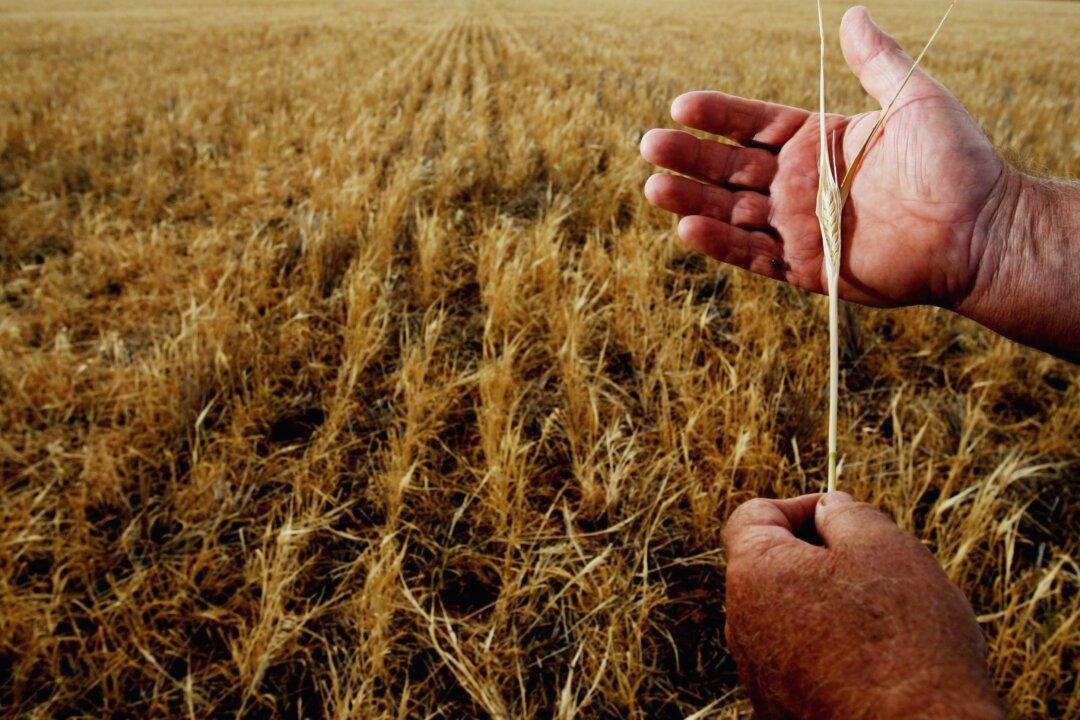Australian agricultural producers are expecting a record-breaking harvest this season due to a perfect combination of price increases and higher production volumes.
The Australian Bureau of Agricultural and Resource Economics and Sciences (ABARES) upgraded its 2021-22 financial year agriculture forecast to $73 billion (the U.S.$53.5 billion).





